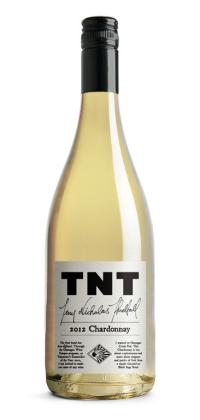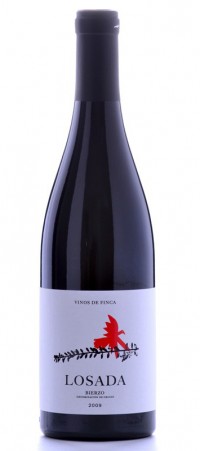 Spain, $25
Spain, $25
I’m writing this from spring break in Kauai and amid the swell weather, bathwater warm water and soring peaks exists the depressing reality that even here, 4000 kilometers from the nearest wine-producing region, wine is cheaper than it is in Western Canada. On the plus side, I’m here and enjoying it—on behalf of all of us, I like to think. Last night at the surprisingly sophisticated Bar Acuda in the chill little village of Hanalei, they had wine from the very up-and-coming Bierzo region of Spain by the glass and it seemed like an oasis in a sea of the mass market California Cabs that dominate the wine lists on the Islands. Bierzo reds normally use the relatively obscure Mencia grape (the Portuguese call it Jaen), which is a little like Cabernet Franc (in the nose) and a little like Barbera (in the body). They’re tough to find in Western Canada but this week’s wine is a nice (if a tiny bit pricey) entry into the region and the grape. Expect some really zippy acidity and great freshness with some wild strawberry notes.
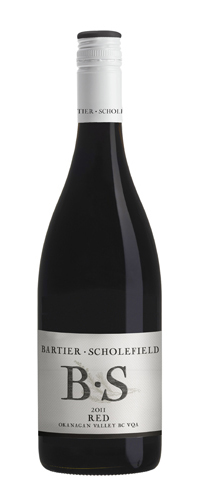

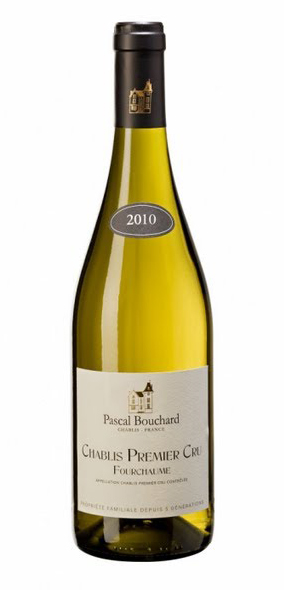
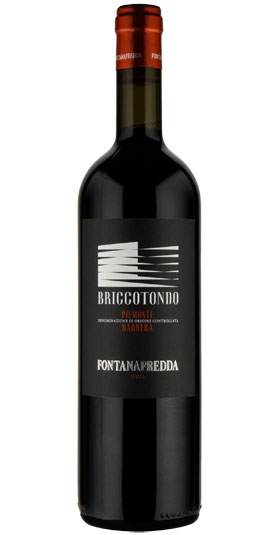
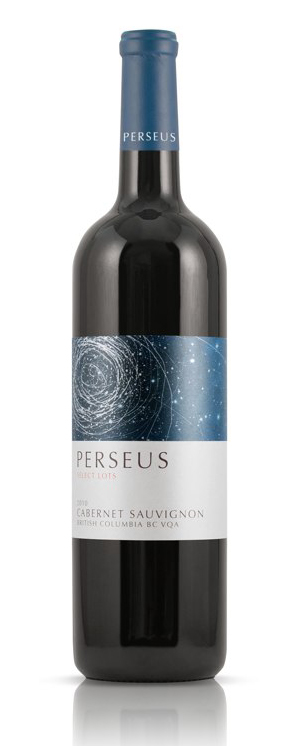
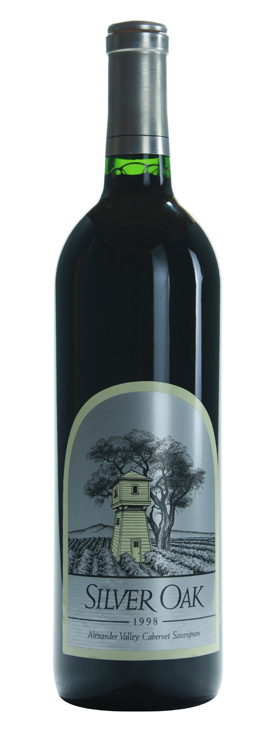
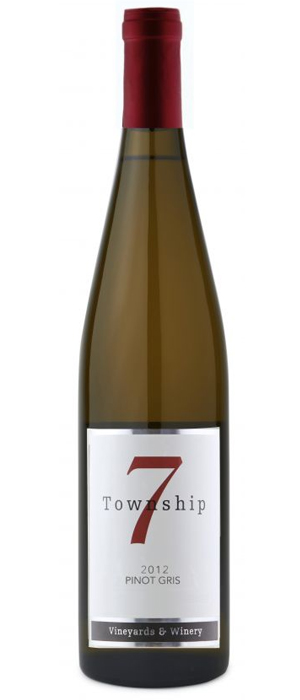
 France, $76
France, $76